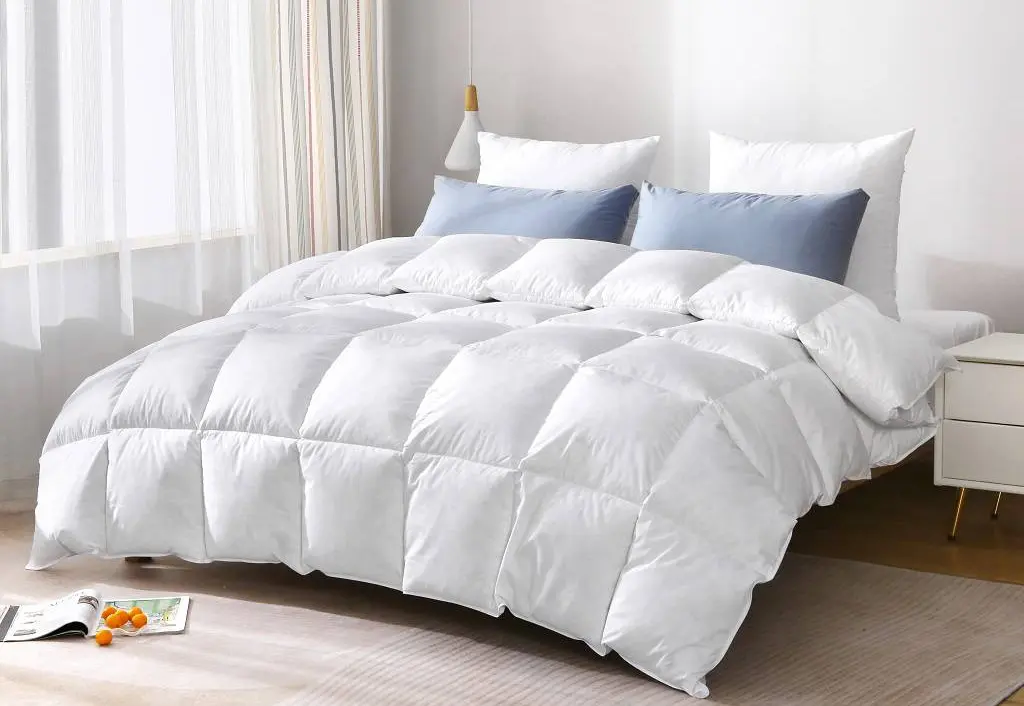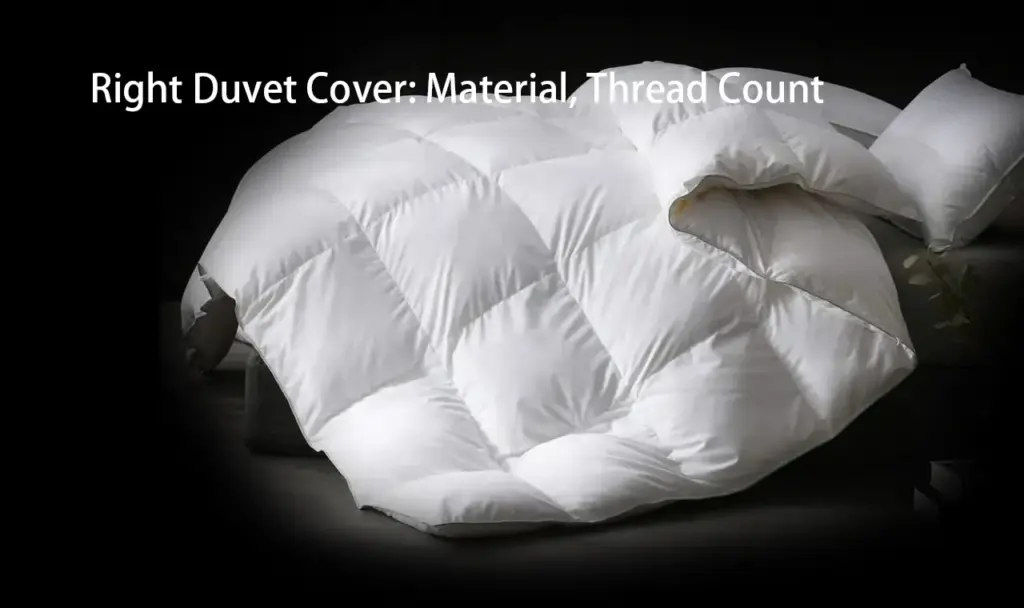Feather and down bedding brings luxurious softness and warmth, but one common frustration is when feathers escape from your duvet or pillow—poking through the fabric and making a mess. As a bedding manufacturer, we often hear this concern, and fortunately, it’s both preventable and fixable with the right materials and manufacturing techniques.
In this post, we’ll explain why feathers leak, how quality construction prevents it, and what you can do to reduce or stop it completely.
Why Do Feathers Escape from Bedding?
Feather leakage is usually caused by:
- Loose weave fabrics that allow feather shafts to work through gaps
- Sharp feather quills that can poke through weak fabric
- Worn-out or damaged covers that no longer hold the fill
- Improper stitching or seams that open over time
These issues are more common in lower-quality bedding that isn’t engineered to contain fine or sharp fills like duck or goose feathers.

How We Prevent Feather Leakage in Quality Bedding
As a bedding manufacturer, we use several specialized techniques and materials to stop feather leakage:
1. High Thread Count Down-Proof Fabric
We use tightly woven cotton or microfiber fabrics with a thread count of 233 or higher. This dense weave acts as a barrier against even the smallest feather tips while still allowing breathability.
2. Down-Proof Finishing
Beyond thread count, our fabrics undergo a “down-proof” treatment that tightens the fibers even further, reducing the chance of any quills slipping through.
3. Double Stitching with Piping
Seams are often weak points in bedding. We reinforce them with double-stitching and durable piping, which not only strengthens the construction but also seals the edges to prevent leaks.
4. Use of Featherproof Liners
In high-performance duvets and pillows, we add an inner liner between the filling and outer shell—an extra barrier to stop feathers from pushing through.
5. Box Construction
In duvets, we use box-stitch or baffle-box construction to keep fill evenly distributed and reduce shifting, which can press feathers against one side and cause leaking.

Tips for Consumers to Reduce Feather Loss
If your current duvet or pillow is leaking feathers, here are a few tips:
- Use a Duvet Cover or Pillow Protector: A tightly woven cover adds an extra layer of defense against feather escape.
- Avoid Excessive Washing: Frequent washing can degrade the fabric and seams. Spot clean or use professional dry cleaning when needed.
- Check for Damage: Inspect for open seams or holes. Small tears can be sewn or patched.
- Fluff Regularly: Fluffing helps redistribute fill evenly, reducing pressure on any one spot that could cause leakage.
Choosing the Right Bedding Makes the Difference
When shopping for feather or down bedding, always look for:
- “Down-proof fabric” mentioned in product details
- Reinforced seams or piped edges
- High thread count (≥233)
- Reputable manufacturers with quality control standards
Investing in well-made bedding not only stops annoying feather leaks—it also improves comfort, hygiene, and longevity.
Need Better Bedding?
We specialize in manufacturing high-quality feather and down bedding with advanced leak-prevention design. Contact us if you’re looking for reliable OEM/ODM supply or premium bedding for your home or business.

Leave a Reply